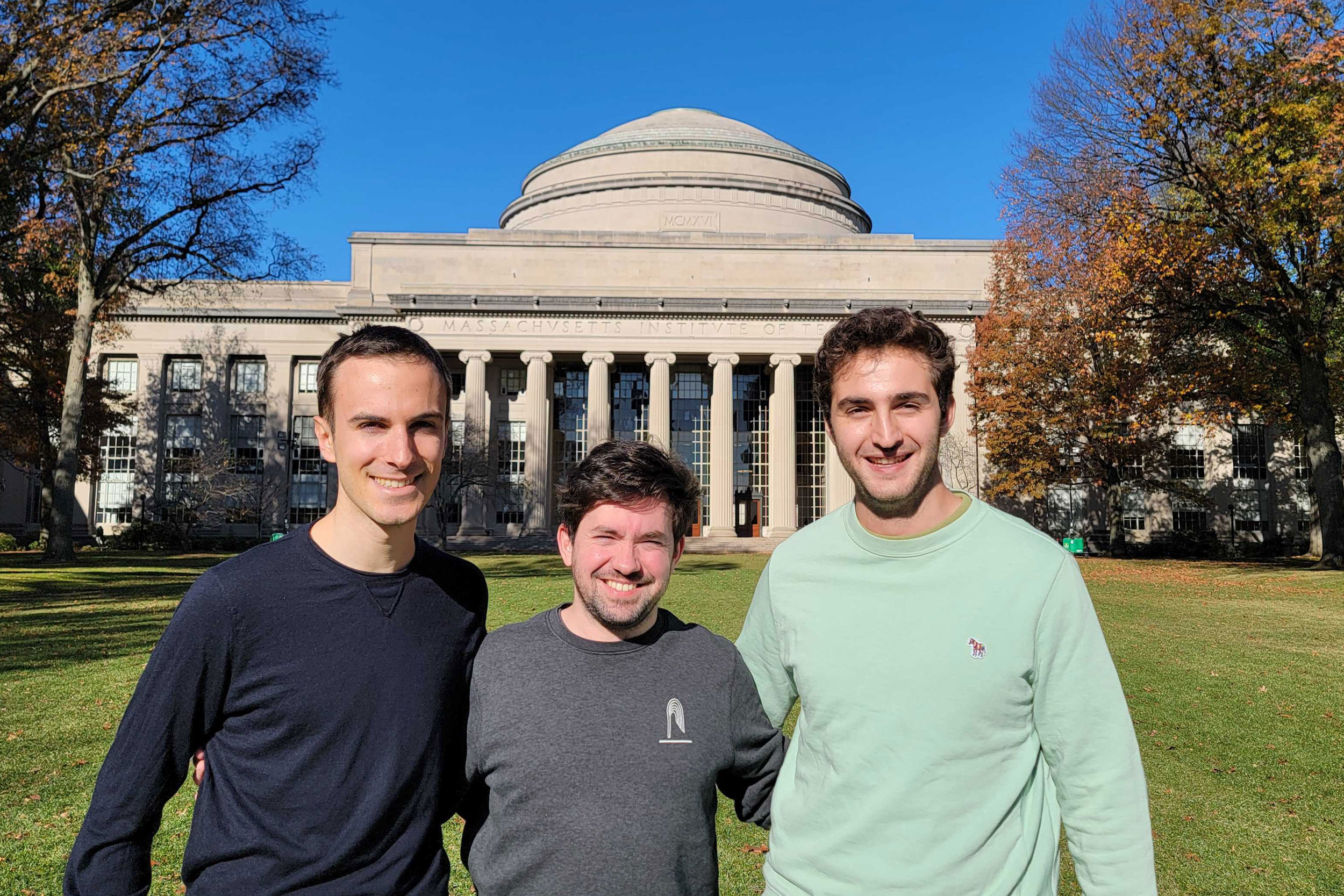Introduction to the Future of Vehicle Technology
On May 6, MIT AgeLab’s Advanced Vehicle Technology (AVT) Consortium celebrated 10 years of its global academic-industry collaboration. The event brought together stakeholders from across the industry for a set of keynote addresses and panel discussions on critical topics significant to the industry and its future. These topics included artificial intelligence, automotive technology, collision repair, consumer behavior, sustainability, vehicle safety policy, and global competitiveness.
The State of Vehicle Technology
Bryan Reimer, founder and co-director of the AVT Consortium, opened the event by remarking that over the decade AVT has collected hundreds of terabytes of data, presented and discussed research with its over 25 member organizations, supported members’ strategic and policy initiatives, published select outcomes, and built AVT into a global influencer with tremendous impact in the automotive industry. He noted that current opportunities and challenges for the industry include distracted driving, a lack of consumer trust and concerns around transparency in assistive and automated driving features, and high consumer expectations for vehicle technology, safety, and affordability.
Vehicle Safety Regulation
In a powerful exchange on vehicle safety regulation, John Bozzella, president and CEO of the Alliance for Automotive Innovation, and Mark Rosekind, former chief safety innovation officer of Zoox, former administrator of the National Highway Traffic Safety Administration, and former member of the National Transportation Safety Board, challenged industry and government to adopt a more strategic, data-driven, and collaborative approach to safety. They asserted that regulation must evolve alongside innovation, not lag behind it by decades. Appealing to the automakers in attendance, Bozzella cited the success of voluntary commitments on automatic emergency braking as a model for future progress.
Drawing Inspiration from Aviation
Kathy Abbott, chief scientific and technical advisor for the Federal Aviation Administration, pointed to a culture of rigorous regulation, continuous improvement, and cross-sectoral data sharing as key to aviation’s exemplary safety record. Aviation’s model, built on highly trained personnel and strict predictability standards, contrasts sharply with the fragmented approach in the automotive industry. The keynote emphasized that a foundation of safety culture — one that recognizes that technological ability alone isn’t justification for deployment — must guide the auto industry forward.
The Future of Assistive and Automated Driving
Pete Bigelow of Automotive News offered a pragmatic diagnosis of the current state of assistive and automated driving. With companies like Ford and Volkswagen stepping back from full autonomy projects, the industry is now focused on Level 2 and 3 technologies. However, consumer confusion remains high, with many drivers not grasping the differences between these technologies or their safety and convenience features.
The Impact of AI on the Automotive Industry
Mauricio Muñoz, senior research engineer at AI Sweden, underscored that despite AI’s transformative potential, the automotive industry cannot rely on general AI megatrends to solve domain-specific challenges. Automotive applications require domain expertise, data sovereignty, and targeted collaboration. Muñoz warned that real progress demands organizational alignment and a deep understanding of the automotive context, not just computational power.
Consumer and Repair Perspectives
A collision repair panel explored the unintended consequences of vehicle technology advances, including spiraling repair costs, labor shortages, and a lack of repairability standards. Panelists warned that even minor repairs for advanced vehicles now require costly and complex sensor recalibrations, compounded by inconsistent manufacturer guidance and no clear consumer alerts when systems are out of calibration.
Looking to the Future
Honda’s Ryan Harty highlighted the company’s aggressive push toward sustainability and safety, aiming for zero environmental impact and zero traffic fatalities. The company plans to be 100 percent electric by 2040 and lead in energy storage and clean power integration. Harty stressed that manufacturers can only decarbonize as fast as the industry allows and emphasized the need to shift from cost-based to life-cycle-based product strategies.
Conclusion
The future of mobility depends on rebuilding trust and reshaping industry economics, with a focus on the consumer. Global collaboration, greater standardization, and transparent innovation that consumers can understand and afford are crucial. Success will come through partnerships between industry, academia, and government that work toward shared investment, cultural change, and a collective willingness to prioritize the public good.
FAQs
- Q: What is the main goal of the MIT AgeLab’s Advanced Vehicle Technology (AVT) Consortium?
A: The main goal is to develop new data that contribute to automotive manufacturers, suppliers, and insurers’ real-world understanding of how drivers use and respond to increasingly sophisticated vehicle technologies. - Q: What are the current challenges facing the automotive industry?
A: Challenges include distracted driving, lack of consumer trust, high consumer expectations, and the need for regulation to evolve alongside innovation. - Q: How can the automotive industry improve safety?
A: By adopting a more strategic, data-driven, and collaborative approach to safety, learning from aviation’s safety culture, and focusing on proactive safety rather than reactive response. - Q: What role does AI play in the automotive industry?
A: AI has transformative potential but requires domain expertise, data sovereignty, and targeted collaboration to solve domain-specific challenges. - Q: What is the future of vehicle technology?
A: The future includes a push toward sustainability, safety, and the integration of assistive and automated driving technologies, with a focus on consumer needs and global competitiveness.











